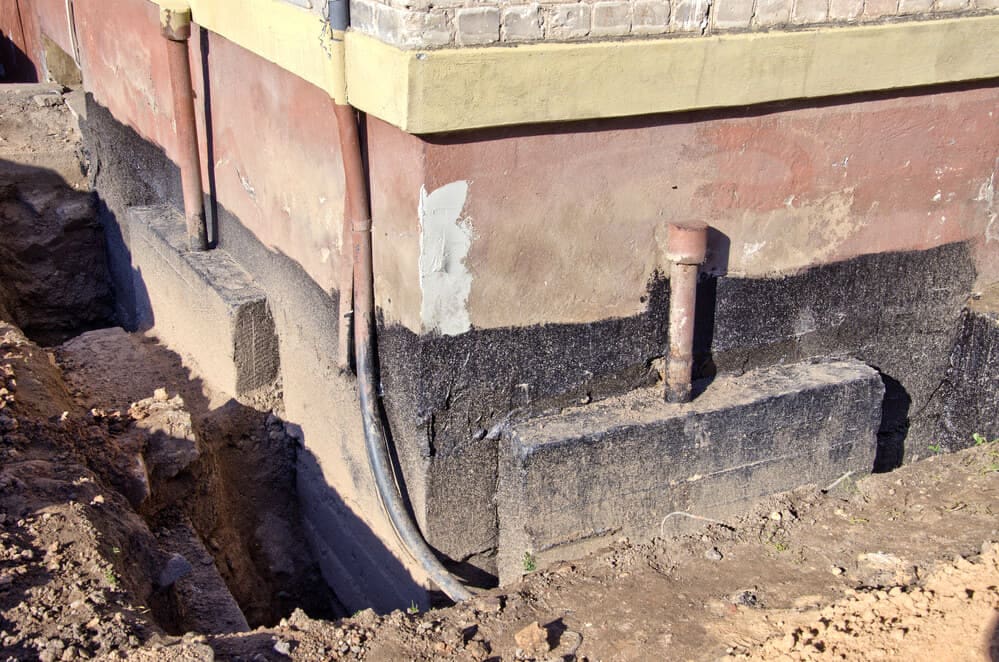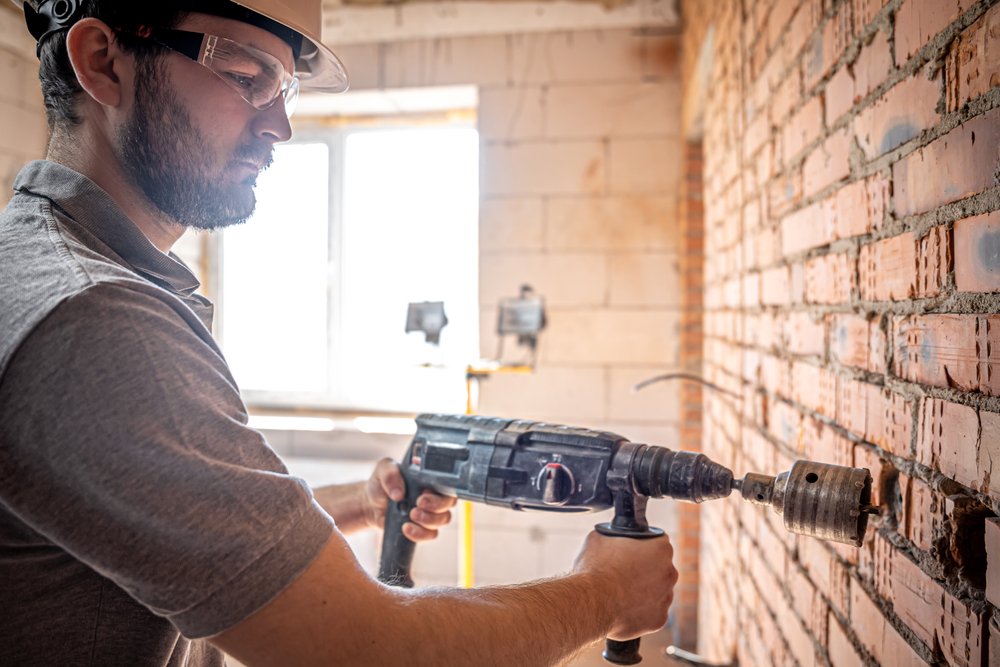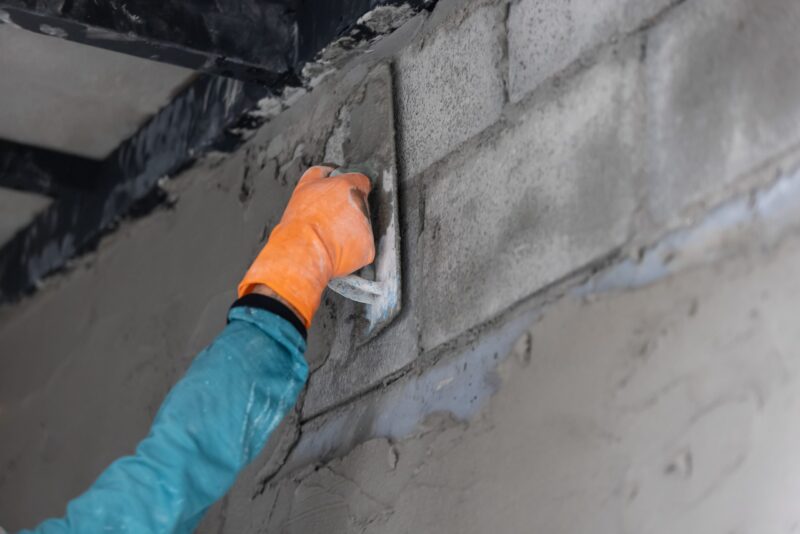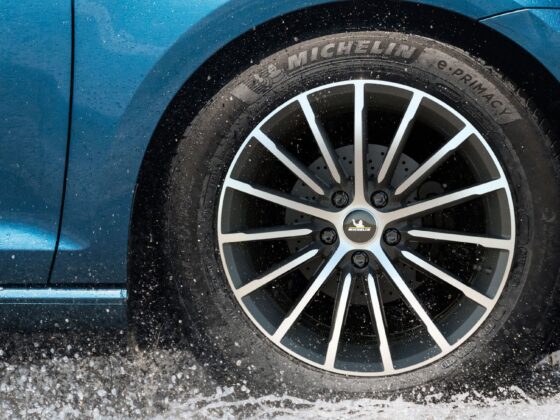Foundation repair is an essential aspect of maintaining the structural integrity of a building. Various techniques are used in foundation repair, each serving a unique purpose and offering specific benefits.
In this article, we will provide a comparative overview of different techniques commonly employed in foundation repair. By understanding the differences between these methods, property owners can make informed decisions when it comes to addressing foundation issues.
From underpinning to hydraulic jacking, there are numerous approaches available for repairing foundations, each with its advantages and considerations. Let’s delve into the world of foundation repair techniques to gain a comprehensive understanding of how they work and which may be most suitable for specific situations.
Traditional Foundation Repair Methods

Traditional foundation repair methods have been used for centuries to address issues such as settlement, cracks, or bowing in a building foundation. One common technique is known as underpinning, which involves excavating below the foundation and pouring new concrete footings to provide additional support.
Another method is called mudjacking, where a mixture of sand, water, and cement is pumped under the foundation to raise it back to its original position. These traditional methods have proven to be effective in stabilizing foundations and preventing further damage, providing a reliable solution for homeowners and builders alike.
Helical Piers and Push Piers

Helical piers and push piers are two commonly used techniques in foundation repair that offer unique advantages depending on the specific needs of the project. Helical piers are ideal for projects where the soil conditions are unstable, as they can be installed deep into the ground to provide strong support.
They are also versatile and can be used for both residential and commercial applications. On the other hand, push piers are often preferred for projects where the foundation has settled due to poor soil compaction or other factors. Push piers work by transferring the weight of the structure to more stable soil or bedrock, effectively lifting and leveling the foundation.
Both helical piers and push piers have their strengths and limitations, making it important to consult with a professional to determine the best solution for your specific foundation repair needs.
Slab Jacking and Mudjacking

Slab jacking and mud jacking are two popular techniques used in foundation repair to address settlement issues. Slab jacking involves drilling small holes in the concrete slab and injecting a mixture of cement, water, and additives to lift the slab back into place.
This method is preferred for smaller, lighter slabs and is often quicker and more cost-effective compared to other techniques. On the other hand, mud jacking involves pumping a slurry of water, soil, and cement underneath the slab to lift it.
This technique is commonly used for larger, heavier slabs and can provide a more stable and long-lasting solution. Both methods have their advantages and may be suitable depending on the specific needs of the foundation repair project.
Carbon Fiber Reinforcement

Carbon fiber reinforcement is a popular technique used in foundation repair due to its high tensile strength and low weight. This method involves wrapping carbon fiber sheets around the affected area, creating a strong bond that helps support and stabilize the foundation. This type of reinforcement is particularly effective in areas where traditional methods, such as steel braces or concrete piers, may not be feasible or cost-effective. Additionally, carbon fiber reinforcement is often chosen for its quick installation process and minimal disruption to the surrounding area.
Overall, this innovative solution has proven to be a reliable and long-lasting option for repairing foundations in need of support and stability.
Concrete Piering

Concrete piercing is a widely used technique in foundation repair, especially for structures with sinking or settling foundations. This method involves driving concrete cylinders or helical piers into the ground beneath the foundation to provide additional support and stability.
Concrete piercing is considered a cost-effective and long-lasting solution for addressing foundation issues, as it can effectively lift and level a sinking foundation. This technique is also minimally invasive, requiring no extensive excavation or disruption to the surrounding area.
Overall, concrete piercing is a reliable method for restoring the integrity of the foundation of a building and preventing further structural damage.
Conclusion

In conclusion, when it comes to foundation repair, there are various techniques available to address different types of issues. From traditional underpinning to modern helical piers, each method has its advantages and limitations.
It is important to consult with a professional contractor, such as Niagara Waterproofing, to assess the specific needs of your foundation and determine the most suitable solution. By understanding the differences between these techniques, homeowners can make informed decisions to ensure the structural integrity of their property for years to come.


